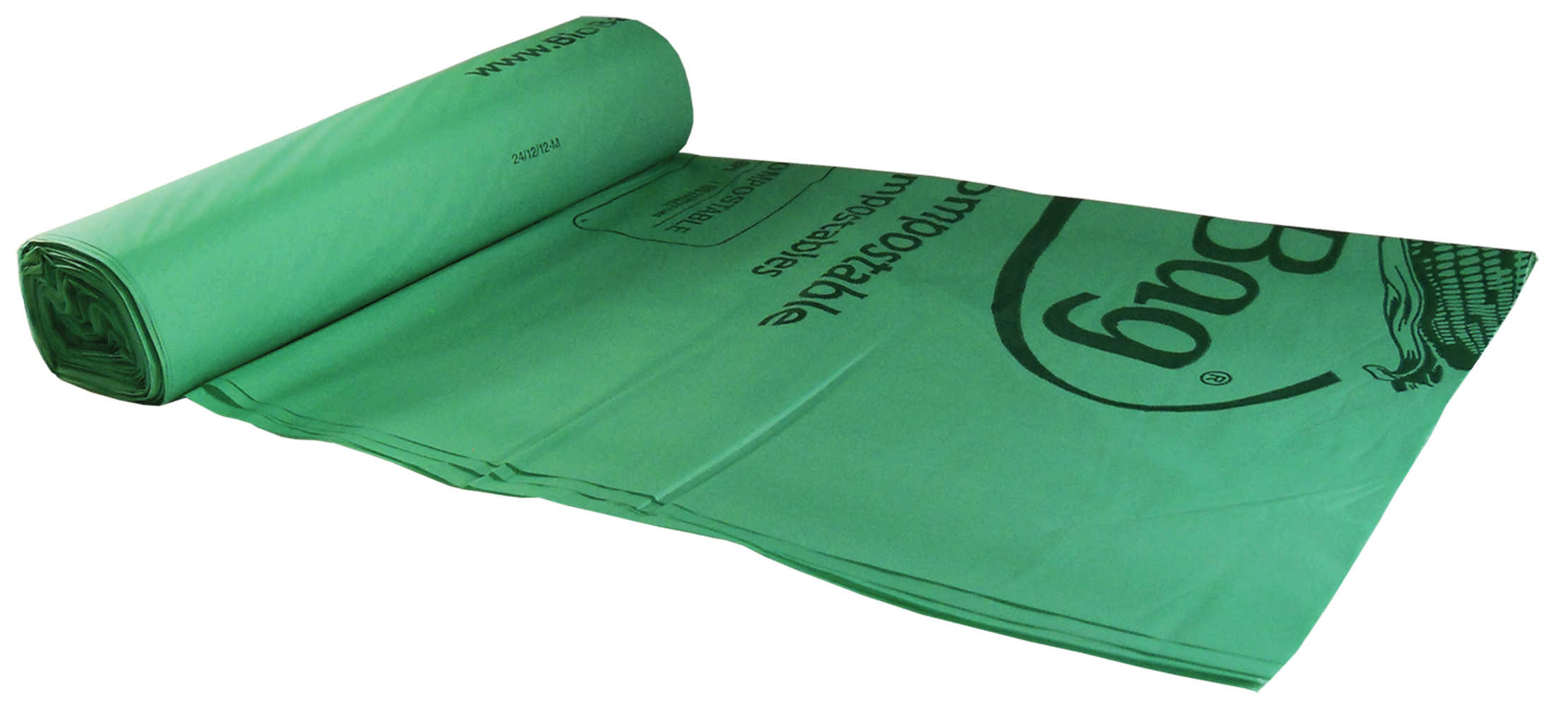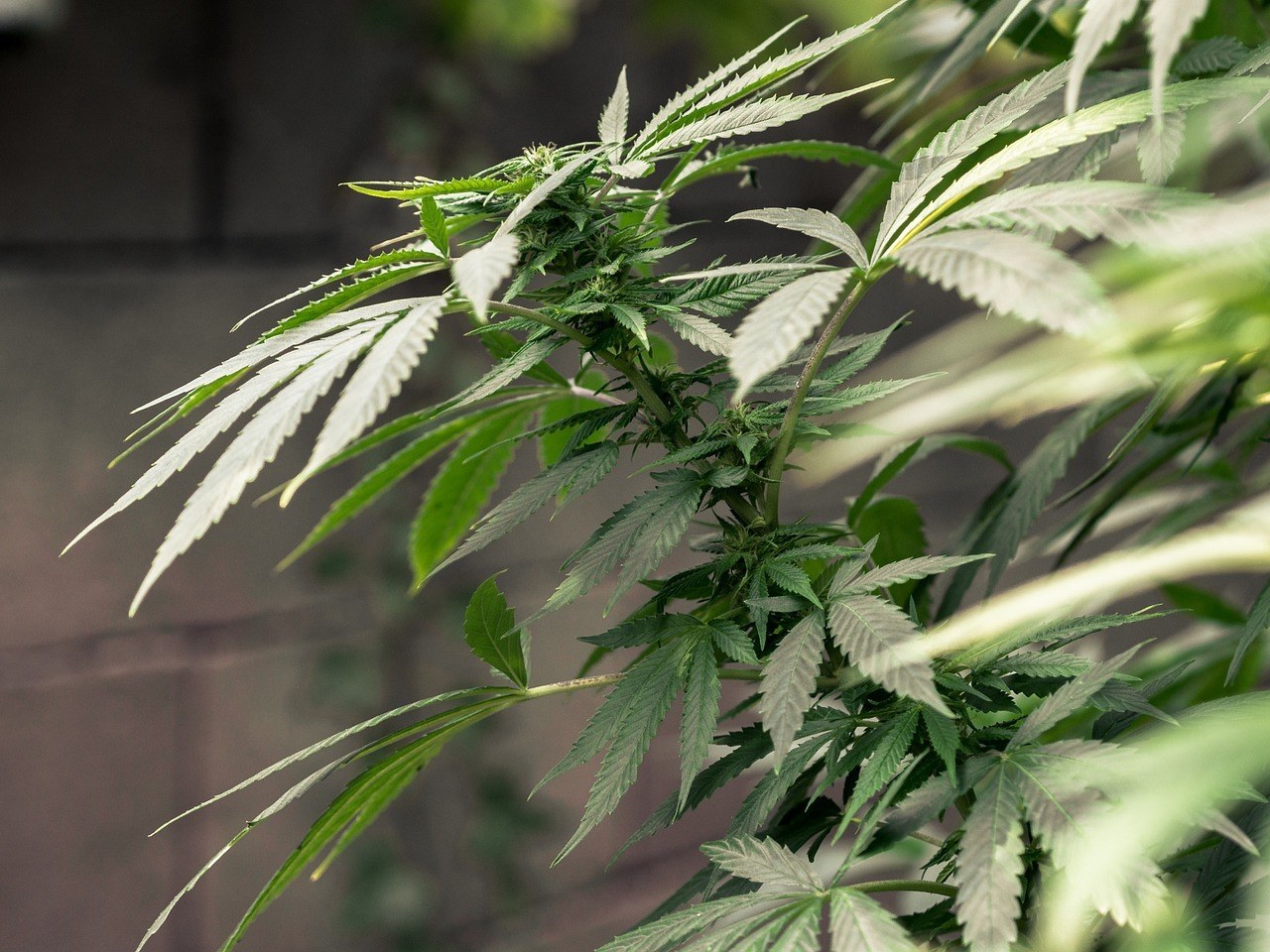As ever, in a presidential race, candidates are ambushed with tantalizing questions. One such question is centered around the use and abuse of marijuana.
The issue of marijuana legalisation has been on the table for years, and concerned parents and terminal patients have been tossing the ball back and forth, waiting for another piece of legislation to climb the Hill.
One of the most cited arguments revolves around the true links between marijuana and intelligence. Will smoking pot on an occasional Friday afternoon in high school prevent your child from making the Ivy League? Do corporate bankers really light up on weekends? Does one of the 111 cannabinoids found in marijuana kill brain cells? Is cannabis truly the ultimate gateway drug?
What Exactly Do You Smoke?
What non-smokers may not know is that there are 779 different strains of marijuana, and not all of them have the same effect on the smoker. This startling number is composed mostly of hybrids, stemming from two parent strains: the indicas and the sativas. In order to better understand the connections between smoking marijuana and IQ levels, we must first take a cursory look at these two strains and their attributes.
The indicas are responsible for making the user feel drowsy – they produce more of a “narcotic feel” and are medical marijuana users’ preferred choice. They cause smokers to perceive less pain, and lead to an increased appetite, which can greatly benefit chemotherapy patients.
On the other hand, sativas provide an instant energy boost. They are preferred by party goers and are considered a sociable strain. However, pure sativas may cause anxiety attacks and make the user feel panicky and restless.
The majority of smokers opt for hybrid strains, thus achieving a more moderate effect.
How Much Do You Smoke Exactly?
Of course, what makes a huge difference, apart from the quality of the grass you smoke, is how often you indulge. Marijuana users who have been smoking on a daily basis for years greatly differ from a recreational user.
What makes it difficult to study the interplay of marijuana and IQ points is the fact that cannabis is a Schedule I drug, which means the majority of its users are in fact breaking federal law when lighting up. It is also extremely difficult to assess the true effect marijuana has, since not all users smoke the same strains. Measuring dosages and potency under these conditions is difficult. Participant accuracy and honesty regarding amount and frequency of use is also questionable.
This is why there are few studies that have attempted to answer the burning question of marijuana’s effect on generations old and young. All published data still needs to be taken with a grain of salt.
What Does Any of This Have to Do With Intelligence Exactly?
The University of Texas conducted the first neurological study on the long-term effects of cannabis, and the research has concluded that regular use shrinks the brain, but it also increases the number of connections between neurons. However, the study does not come to a definite conclusion on the interplay of marijuana use and changes in gray matter. It does however find that users have lower IQs than non-users, yet this does not seem to be connected with any brain abnormalities.
A different study however has concluded quite the opposite: Carleton University researched the IQ levels of moderate smokers, heavy smokers, and non-smokers, and has found that moderate smokers had an average IQ increase of 5 points, more than non-smokers. Heavy users have been hit with a 4 point decrease. (Moderate smokers were considered to be those who smoked less than 5 joints a week, while heavy users smoked more than 33 every week. Urine tests were used to determine marijuana use.)
These two discoveries alone are enough to baffle even a layman. Still, there is no proof that the increase in IQ points in those subjects who did smoke marijuana in moderation is directly linked to this use. Is it not possible that this increase would have occurred even without the pot?
Even if smoking an odd joint here and there leads to a slight IQ increase, this does in no way mean that you should run to the nearest dispensary and start smoking on a regular, albeit moderate, basis. Decades of further research are needed to come to any definite conclusions.
Another point that can be made in favour of marijuana legalisation comes from a recent longitudinal study, conducted on twins, also supporting the fact that marijuana does not cause any neurocognitive damage. The study encompassed 2227 children from Minnesota, who were subjected to IQ tests every three years. Standardized IQ tests were first administered at the age of 9-12, before marijuana use, and later at the age of 17-20. The conclusion is not exceptional. Those children who did smoke marijuana exhibited a decline in IQ, which was not shown by children who did not. However, and this is a big however, within the set of twins where one smoked marijuana and the other did not, it was evident that marijuana was not the cause of this decline. The culprit must be found elsewhere.
It seems that there is a study out there that can support either claim.
Attempting to define the true nature of marijuana and to precisely determine the effects it has on its users is, as you may have discovered, not exactly teeming with reliable data. Scientists will undoubtedly continue to delve into the leaves themselves and attempt to extract an ounce of reason from puffs of smoke. Meanwhile, people still shy away from openly admitting they fall into the “pot head” category, and marijuana users are still seen by many as criminals and lowlifes.
As long as marijuana remains illegal, it will be difficult to acquire truly valid data – yet legalising it may or may not lead to more widespread use. If it does turn out to cause permanent damage, it may be too late to act.
As we wait with bated breath to see who will win the presidential race, parents and patients will keep throwing new information onto the pile. They will be advocating for their point of view, not only to be heard, but for their views to be accepted and turned into law.
Related Reading:
Sources:




